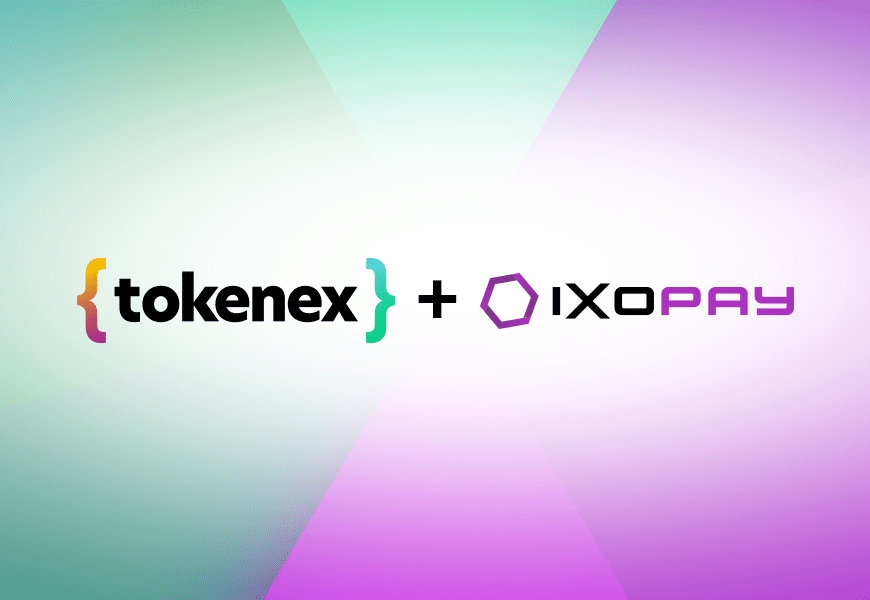In the complex world of modern payment processing, efficiency and accuracy are critical. Every transaction represents potential revenue and a potential pitfall that could result in financial loss or fraud. Enter the Bank Identification Number, or BIN, a sequence of digits on a payment card that holds the key to unlocking robust data to improve your payments.
In this blog, we will explore how BIN data can improve payment outcomes, from boosting authorization rates to mitigating fraud risks. We will discuss how BIN data streamlines international transactions and enhances payment security, ultimately making your payment processing more efficient and secure.
Quick Hits:
- A BIN, or a Bank Identification Number, is the first 6-8 numbers on a payment card that identifies the card issuer.
- The BIN provides valuable information, such as the card brand, card type (e.g., debit, credit), and the country where the card was issued.
- Companies can use BIN data to improve payment authorization rates, reduce fraud, and lower interchange costs.
- It’s important to ensure that your source of BIN information is accurate and up to date to avoid costly errors.
What is a Bank Identification Number (BIN)?
A BIN, or a Bank Identification Number, is the first 6-8 numbers on a payment card that identifies the card issuer. The first digit is the major industry identifier, and the remaining digits communicate the financial institution that issued the card. These numbers make it easy to trace cards and transactions back to their issuer. BINs can be found on cards like charge cards, gift cards, credit cards, and debit cards.

The BIN provides a lot of helpful information about the payment card, such as details on the issuing bank and country, card brand, and card characteristics (e.g., debit card, prepaid card). You can use this information to route your payment transactions to improve authorizations, reduce fraud, lower interchange costs, and comply with payment regulations.
Improve Authorization Rates
The most common use of BIN data is to improve transaction authorization rates. This is accomplished by:
- Validating the issuing bank.
- Routing to the ideal processor.
- Addressing geographic issues.
- Ensuring the card is used for its intended purpose.
Validating the Issuing Bank
The most straightforward step to improving authorizations is to confirm a credit card number given is legitimate before you attempt a transaction. You can accomplish this by checking that the BIN exists and has information about an issuing bank. If you cannot find this information in a BIN database, the card likely does not exist. You can stop this transaction from going through and ask for another payment card.
Routing to the Ideal Processor
Once you know the card is valid, you can increase your authorization rate by sending the transaction to the appropriate payment processor. As your business grows, you should use multiple processors to address your growing payment needs. Using BIN data, you can analyze transactions to determine whether specific processors are more likely to authorize from a particular card type, issuing bank, or issuing country. You can then build logic based on a BIN to route transactions to the right payment processor, giving you the best chance of successful authorization.
Addressing Geographic Issues
Another culprit of transaction declines is complex international transactions. For instance, transactions are often declined because they are sent to a processor that isn’t authorized to process transactions from the country where the card is issued. You can use BIN data to identify the country where the card was issued and send those transactions to the appropriate payment processor(s) authorized to process payments for that issuing country.
Ensuring the Card is Used for its Intended Purpose
Finally, you need to ensure that the card isn’t restricted from certain types of purchases. Health cards (e.g., HSA, FSA) and fleet cards cannot be used for general purchases. Using BIN data to flag these cards can prevent failed authorizations for attempted purchases. Similarly, you may also want to use BIN data to note instances where a prepaid card is stored for a subscription or recurring purchase. Since these cards have a limited balance, you could experience declines if the balance isn’t enough to cover your subscription fees.
Reduce Fraud
The BIN provides a wealth of information that can be used to address fraud issues and complement your existing fraud protection. One common source of fraud is when a stolen card number is used to make purchases in different countries. BIN data makes it easy to identify the country where a card was issued and compare it to the country where the transaction was initiated. If these are different countries, you may want to utilize additional information or fraud checks to ensure the transaction is legitimate.
You can also keep track of which BINs are experiencing credit card fraud. Certain types of cards or issuing banks may have higher than normal chargebacks or other fraud issues. By collecting and analyzing this information, you can build a list of BINs that are higher risk and implement additional fraud checks for any cards that contain these BINs.
Estimate and Reduce Interchange Costs
Businesses that accept credit cards always look for ways to understand and reduce interchange fees. BIN data provides specific information on the card brand (e.g., Visa) and product (e.g., Visa Signature). Companies can match this information with the interchange tables from the card brands to estimate the interchange costs associated with a transaction.
BIN data also identifies whether the card is eligible for Level 2 or Level 3 processing. If eligible, businesses receive a lower interchange fee for sending additional information about the transaction.
Finally, BIN data can be used to identify whether a payment card is a debit or credit card. If it is a debit card, businesses can route the transaction through a separate card network to reduce interchange costs.
Staying Compliant
BIN data also helps to maintain compliance with government and card brand regulations. It can identify whether a card is subject to the Strong Customer Authentication (SCA) required by the EU Revised Directive on Payment Services (PSD2). Businesses can use this information to trigger additional authentication, such as 3-D Secure (3DS), as needed.
The ability to add a surcharge to cover credit card fees is a topic that has gained traction in recent years. Credit card brands typically only allow surcharges on credit cards, not debit cards. Companies can use BIN data to identify whether a payment is made with a debit or credit card, thus determining whether they can add a surcharge.
BIN data can also flag cards that are only authorized for domestic transactions and whether they are permitted for online gaming.
Gathering Accurate BIN Data
By now, it should be clear that BIN data can provide a huge boost to your company’s payments. Given the importance of this information, you must be careful where you source this information from. Utilizing outdated or incomplete BIN data can result in costly errors. It’s also important to minimize the effort of your internal teams to collect, store, and manage BIN data.
The TokenEx BIN Lookup product utilizes data directly from card brands and financial institutions, includes more than 70 data points, and is updated weekly. It has a simple integration so you can start gathering BIN data quickly, and provides access to critical card information without introducing additional PCI scope.














